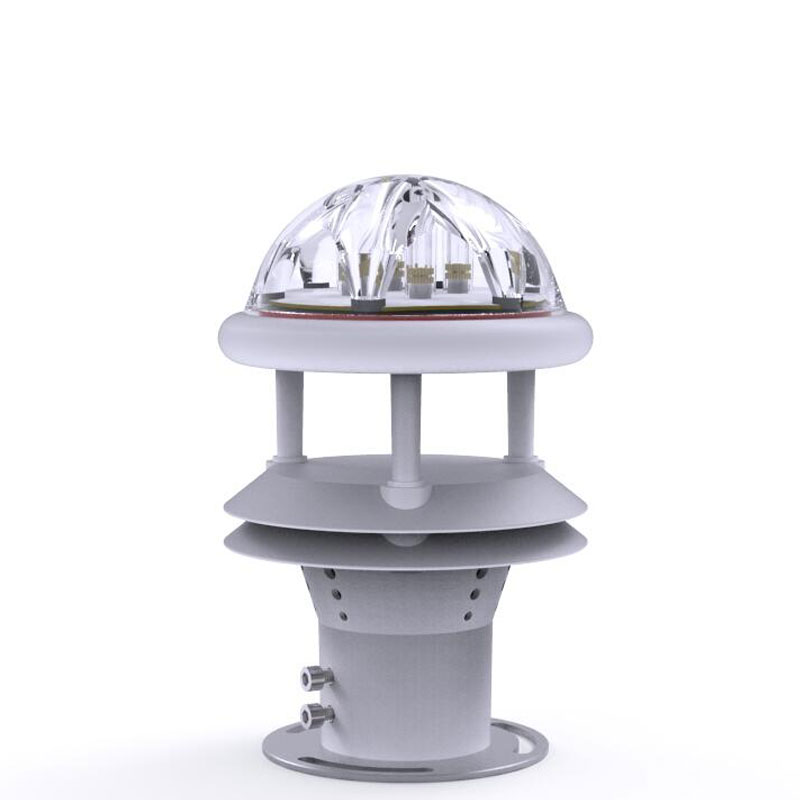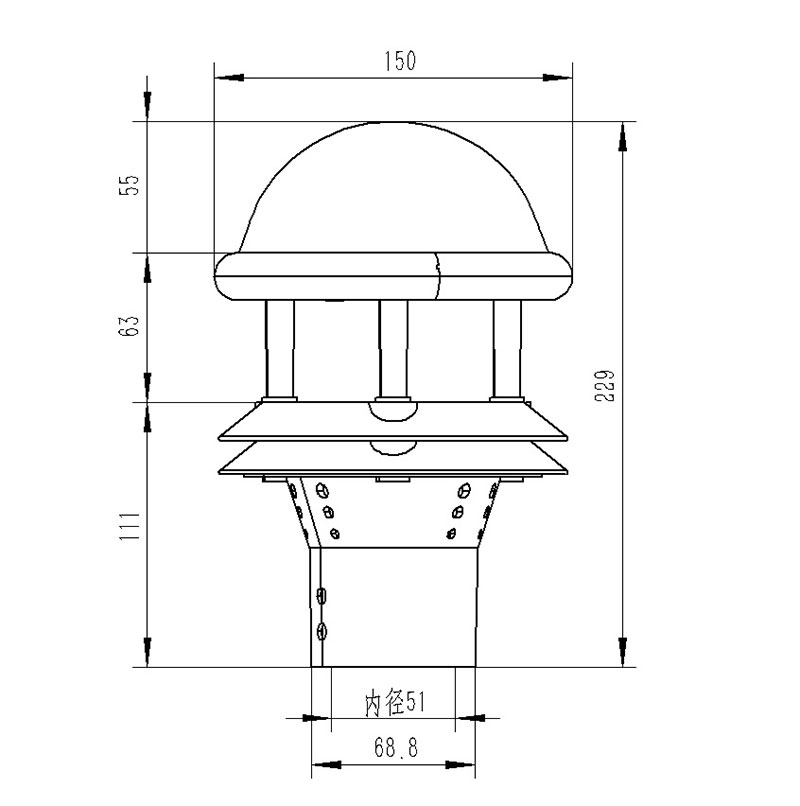Shandong Fengtu IOT Technology Co., Ltd
Sales Manager:Ms. Emily Wang
Cel,Whatsapp,Wechat:+86 15898932201
Email:info@fengtutec.com
Add:No. 155 Optoelectronic Industry Accelerator, Gaoxin District, Weifang, Shandong, China

Sales Manager:Ms. Emily Wang
Cel,Whatsapp,Wechat:+86 15898932201
Email:info@fengtutec.com
Add:No. 155 Optoelectronic Industry Accelerator, Gaoxin District, Weifang, Shandong, China

Model:FT-G1
Brand:fengtu
1.Optical Rain Gauge Product Introduction
Optical Rain Gauge uses three-channel narrow-band infrared detectors and pure sinusoidal AC signal sources. It has the advantages of high accuracy, strong resistance to ambient light, maintenance-free, and compatibility with other optical sensors (light, ultraviolet radiation, total radiation). It can be widely used in meteorology, agriculture, municipal administration, transportation and other industries. The sensor adopts a low-power design and can be used in unmanned observation stations in the field.
2. Features of Optical Rain Gauge
The Optical Rain Gauge uses a pure sinusoidal infrared light source, a built-in narrow-band filter, and a rain-sensing surface of 78 square centimeters. It can measure rainfall with high precision and is not affected by high-intensity sunlight. The high-transmittance rain-sensing cover does not affect direct sunlight and is compatible with other built-in optical sensors, such as illumination, total radiation, and ultraviolet sensors. (Invention patent, patent number ZL 2022 1 1306149.3)
3. Technical Parameters of Optical Rain Gauge
1. Power supply voltage: DC12V
2.Sensor power consumption: 0.12W
3. Current: 10ma DC12V
4. Rainfall resolution: 0.01mm
5.Rain intensity range: 0-4mm/min
6. Measurement accuracy: ≤±4%
7. Working environment: -40~85℃, 0~100%RH
4. Optical Rain Gauge Product Dimensions

5. Notes on Optical Rain Gauge
1. The sensor should be within a radius of 1 meter horizontally without any obstruction to avoid the impact of water droplets splashing
2. The sensor should be installed in a place where trees are not blocking the sensor, and the sensor should also be installed in a place where trees are not blocking the sensor.
3. To ensure measurement accuracy, the sensor should be installed horizontally
The deployment and use of greenhouse sensors is a very important and critical part of my country's agricultural production at present. Due to the complex and changeable environmental conditions of the greenhouse, it is necessary to select and arrange reasonably according to different needs in th...
Power transmission line online monitoring system is a device specifically developed for monitoring the local meteorological environment of power transmission line corridors. Installed on power transmission towers, it monitors parameters such as wind speed, temperature, and humidity in real time, transmitting data wirelessly to support the safe operation of the power grid....
As a vital water transportation corridor, shipping safety in canals is of utmost importance. Visibility stands as one of the critical factors influencing canal navigation safety. During adverse weather conditions such as heavy fog or torrential rain that reduce visibility, ship operators face restri...
Technological advancements have brought new development directions to the field of meteorological monitoring. The launch of the Portable Weather Station meets people's demands for diversified and accurate meteorological data.This weather station integrates a variety of advanced technologies. Hig...